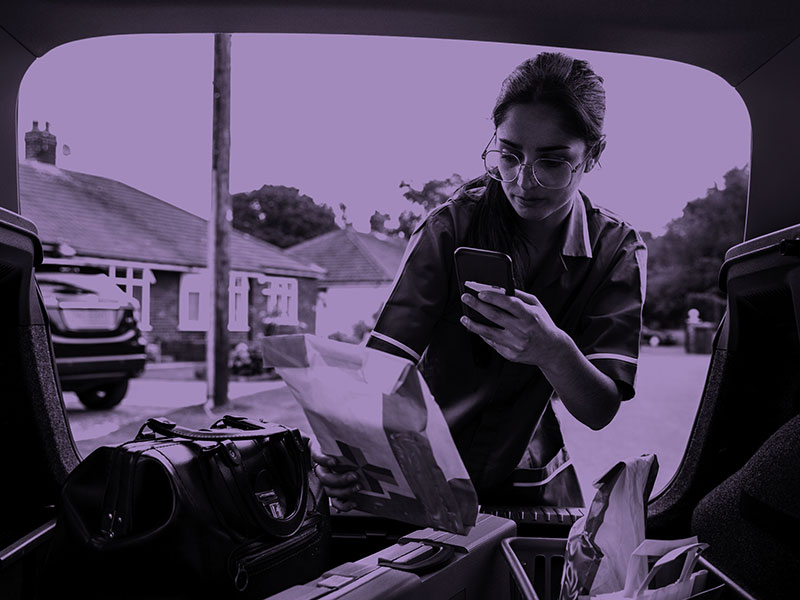NHS Direct, the national telephone healthcare advice service operated by nurses, has achieved a high level of customer satisfaction since its introduction. The service, which has been fully available throughout England and Wales since November 2000, has a good safety record. Evidence at the local level suggests that it can help reduce demand on healthcare services provided outside normal working hours, for example by GPs, and is directing callers to more appropriate forms of care during the day.
Jump to downloadsIn his report presented to Parliament today, head of the NAO Sir John Bourn praised the NHS Direct project team’s achievement in meeting the Government’s targets for introducing the national telephone service and associated website. Lessons were learnt quickly as the telephone service was piloted and implemented in less than three years and NHS Direct had already met its target that 60 per cent of the population be aware of the service by March 2002.
Longer term strategic and business planning was now needed in order to deal with the expected rapid increase in demand for NHS Direct. This should include a human resources strategy to help deliver the nurses required without exacerbating nurse shortages elsewhere in the NHS.
Evidence indicates that NHS Direct was operating safely, and advice to callers errs on the side of caution. There were 29 adverse event cases in three years, fewer than one for every 220,000 calls.
When accessing the service, very few callers receive the engaged signal but (in September 2001) only 64 per cent of callers managed to speak to a nurse within five minutes compared with the current target of 90 per cent. In the year to September 2001 one in five callers had to wait more than 30 minutes for a nurse to call them back.
The NAO report found that not all social groups were using NHS Direct equally. Younger people, people over 65, ethnic minority groups, more disadvantaged social groups and people with disabilities were either less aware of NHS Direct or used it less. But these groups had as much need as others of the service and perhaps an even greater one. NHS Direct was taking steps to reach these groups, but there was scope for more targeted efforts at both a national and local level.
According to NAO estimates, NHS Direct was off-setting around half of its running costs by encouraging more appropriate use of NHS services. There were also benefits in reducing out-of-hours working where services were integrated with NHS Direct. For example, one GP Co-operative providing services outside normal working hours had recorded a fall of 18 per cent in the number of calls received when callers were transferred to NHS Direct first.
NHS Direct also added value by reassuring callers and saving them unnecessary anxiety.
"It was a significant achievement getting NHS Direct up and running in less than three years. The service is valued by those who use it and, according to the evidence available, is starting to meet its aim of directing people to more appropriate forms of healthcare.
"The challenge now for NHS Direct is to meet the expected rapid increase in callers and to set a clear future direction for the service. NHS Direct should also address the fact that some social groups are tending not to use the service, and increase the proportion of callers who are promptly connected to a nurse."
Sir John Bourn
Downloads
Publication details
- ISBN: 102913579 [Buy a hard copy of this report]
- HC: 505 2001-2002



